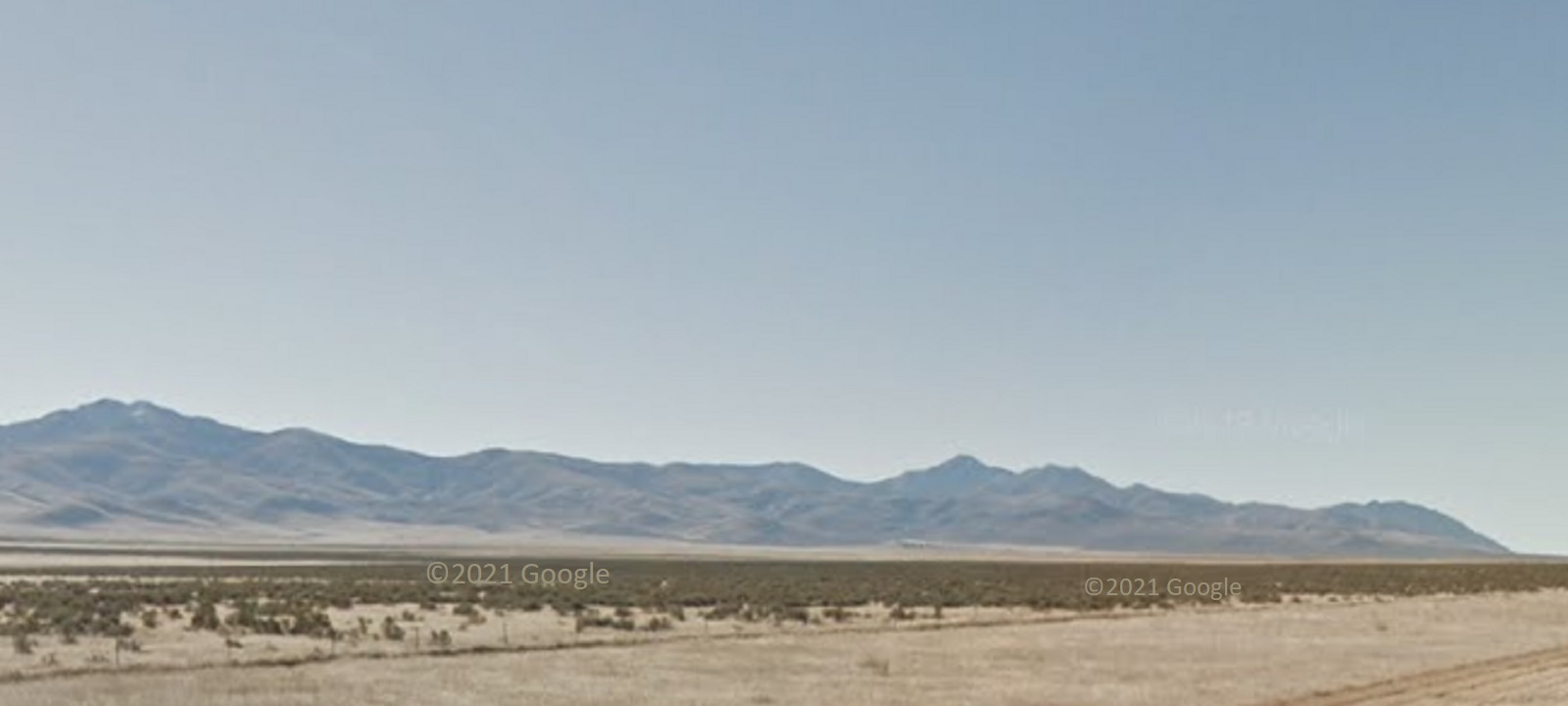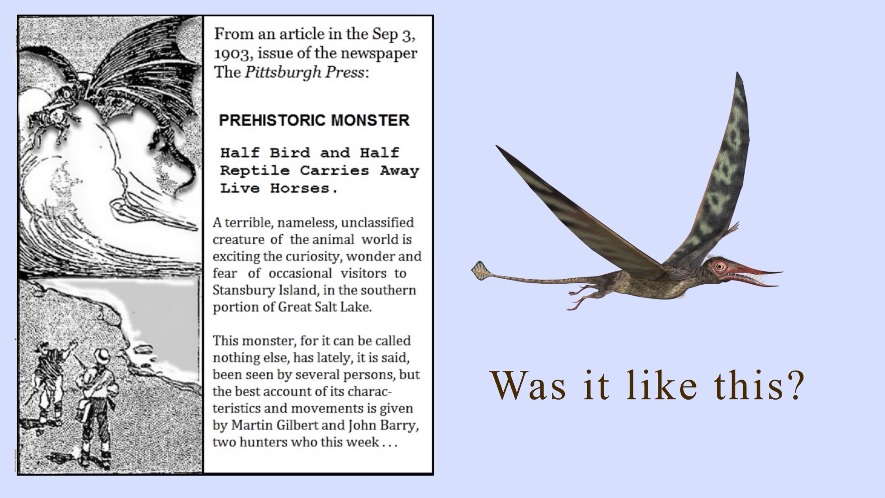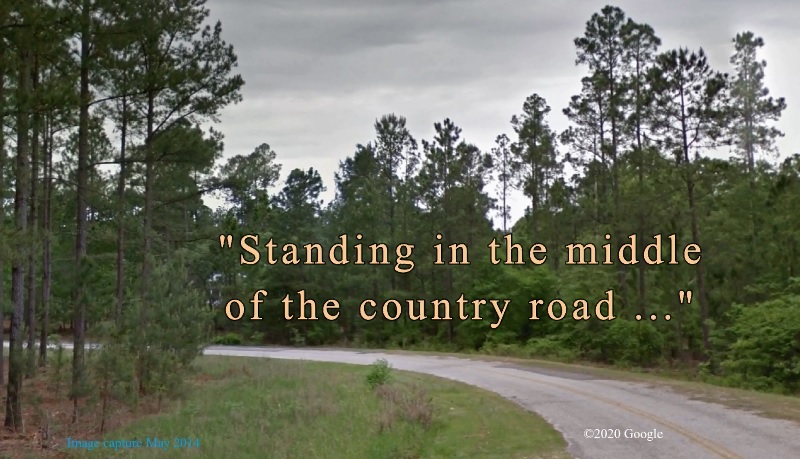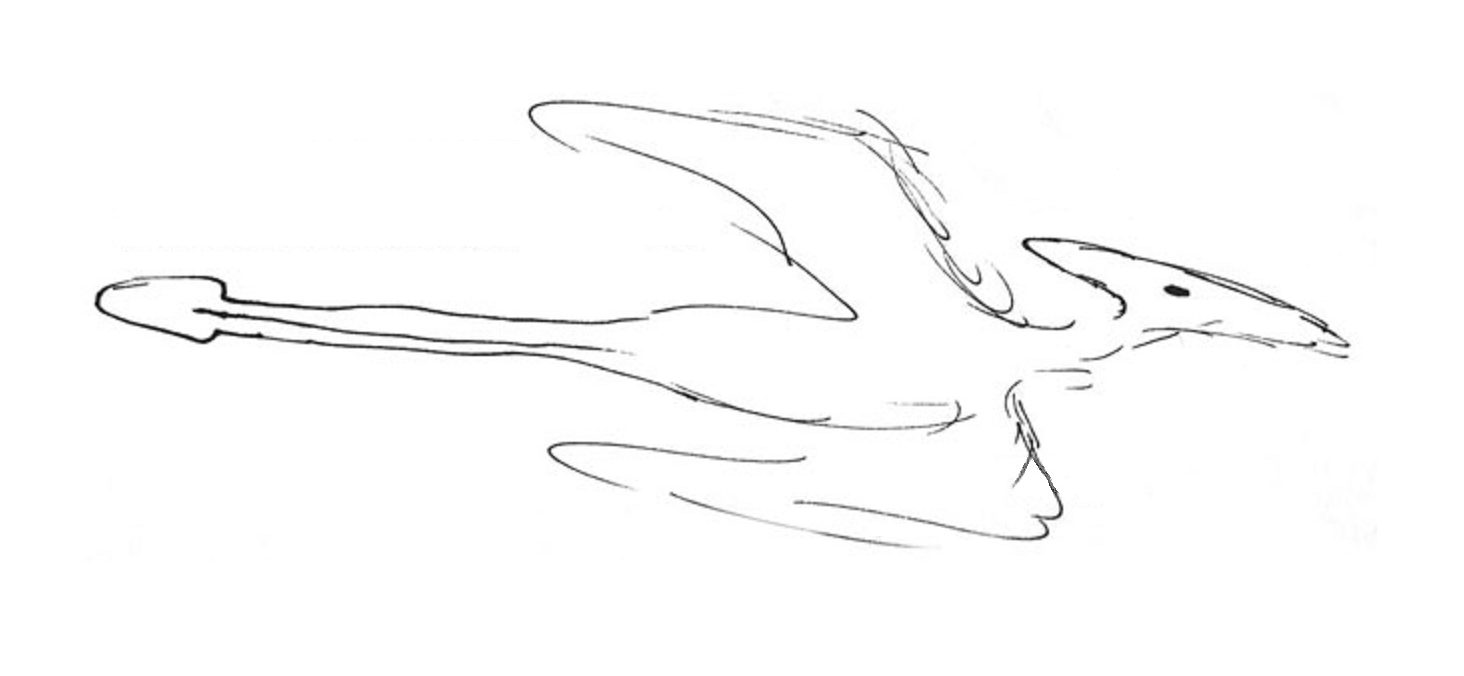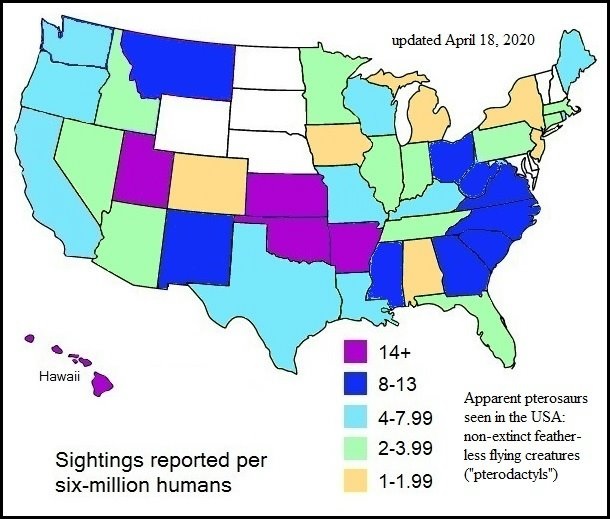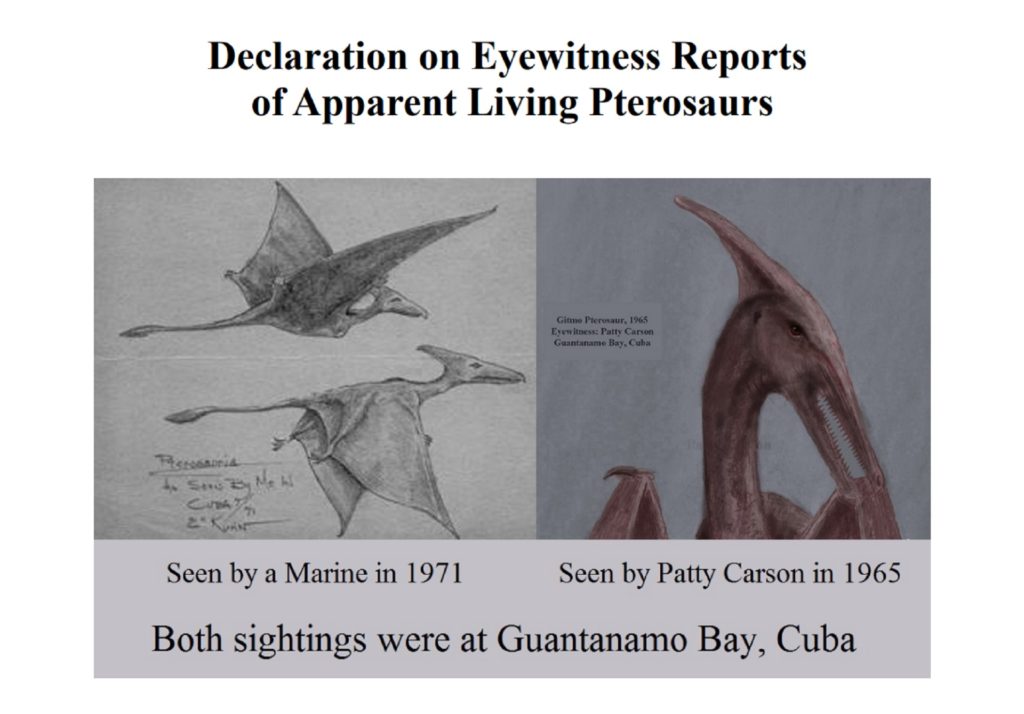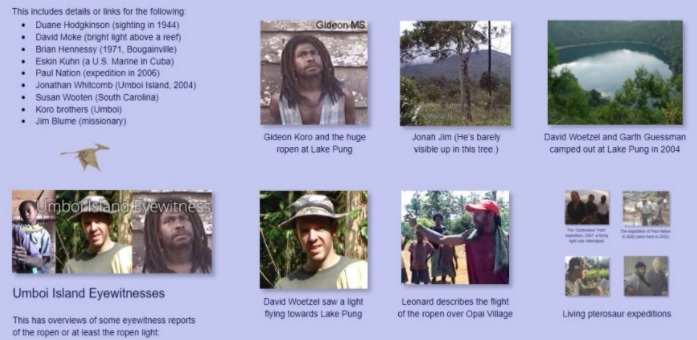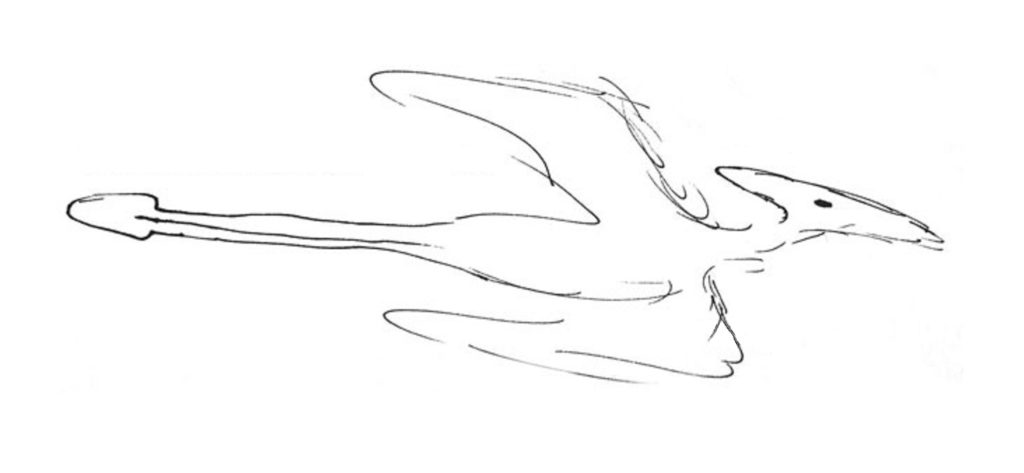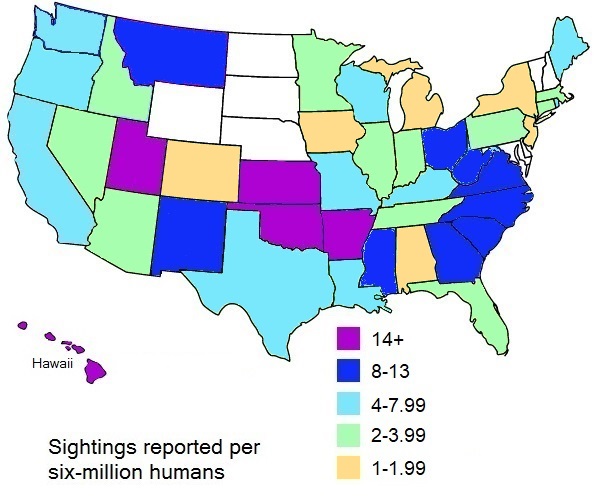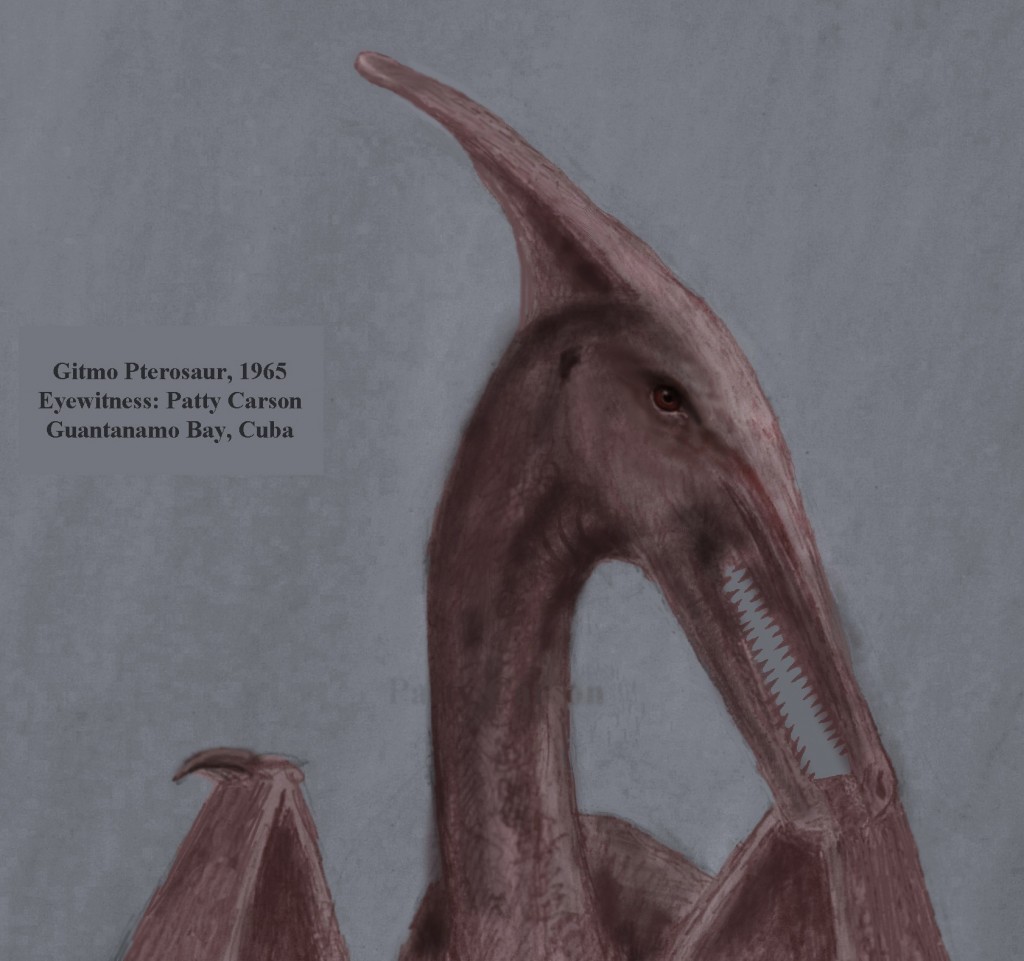By Jonathan Whitcomb, executive director of Animal Discovery
How do I know that a ropen with a thirty-foot wingspan, now hunting house cats and killing chickens in Nevada, is the same animal seen in Draper, Utah, a few years ago? The one in Utah was about that size, or a bit smaller, and was there hunting house cats and killing chickens. Yet one clue pins this individual ropen to chicken murders in southern Salt Lake County : The predator does not eat chickens but stomps them into the ground. We call this pterodactyl the “Draper Ropen” (“DR”).
See the Youtube video “Whitcomb Interviewed”
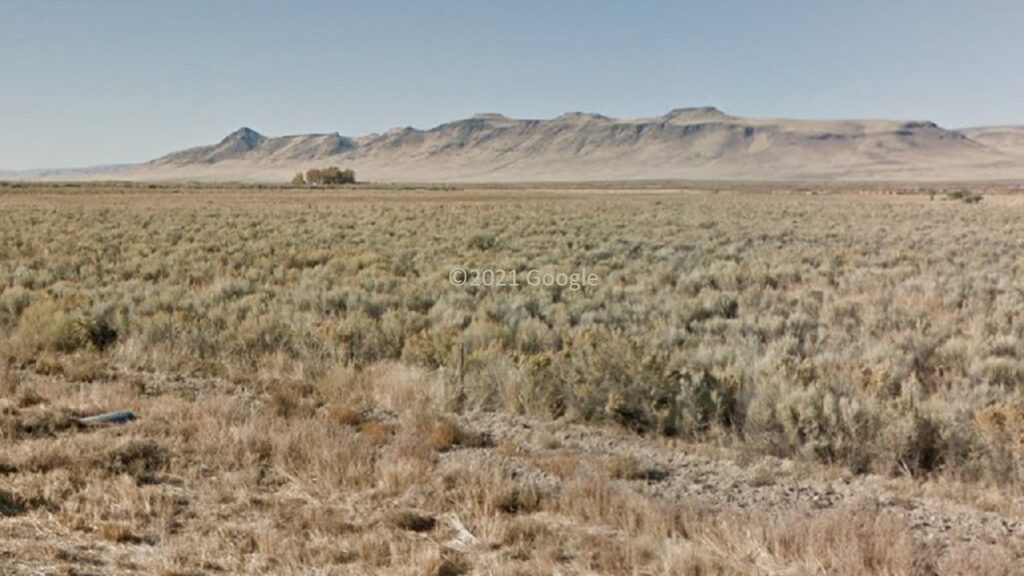
Remote desert in Nevada
The flying creature seen in 2018 in Draper may have been a bit smaller, according to the rough estimate, than 30 feet in wingspan, but it may have grown during the past three years. The present wingspan estimate of 30 feet is close because of how DR was encountered on October 2, 2021, by the man whose head came to within four feet of one of its wings that night.
As of October 13, 2021, Jonathan Whitcomb does not know for certain whether or not this particular animal is clearly dangerous to humans. He advises great caution should it appear reasonably possible for any person to observe it from less than five hundred yards away.
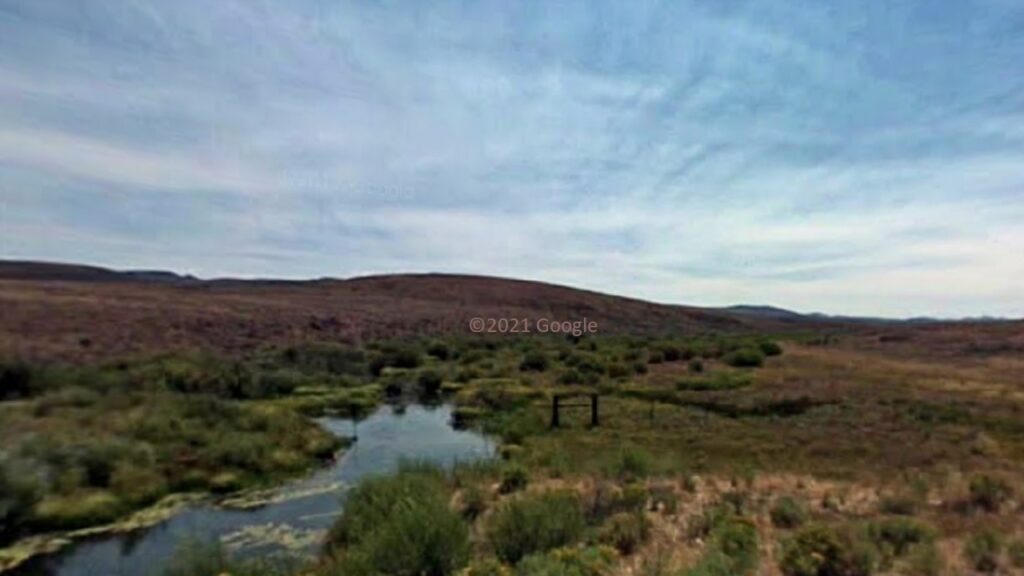
A reservoir in a remote area of Nevada
.
Testimony of the Eyewitness in Nevada
“Approximately 9:20 pm Saturday, 02 October, 2021 [in a rural area of Nevada] I experienced something unusual . . . [While on my computer] in the garage, I heard something very heavy land on the tin roof near its edge. . . .”
“. . . the roof rafters creaked, then I heard claws scratch the roof (similar to big claws just resting on the tin roof). But, much heavier and bigger claws and much much louder than any domestic house cat or bobcat claws both in the area, and MUCH louder than a vulture, turkey, peacock, goose, owl, eagle or hawk . . .”
“I turned off the lights. And, quietly, and very carefully I opened the door and went outside. . . . The garage’s roofline measures 26 ft wide. This creature’s wingspan spread wider by about 2 feet on each side and its wingtip flapped within about 4 feet of my head as I opened the door. . . .”
“My best description is its wing appeared nearly light/tan/ brown/sandy on the topside, but more the color of the night sky underneath. As it flapped for takeoff, I saw the underside first, then the topside of the wingtip. I got a very clear and close view of the wingtip and the animal’s silhouette (and I felt the strong wind its wing produced on an otherwise calm night without any wind at that moment). . . .”
“The wingtip didn’t look like feathers, but it looked very much like a gigantic bat’s wing. From almost immediately underneath (at the closest point during its takeoff), it had a long narrow tail longer than its head to base of tail length. . . . It looked amazing and gigantic so close.”
###
.
Missing Children and Pterodactyl Sightings
I suggest that to understand the potential danger that a few of these flying creatures may pose to children, we need to know something about modern “pterodactyls”, including the long-tailed ropen.
.
A Youtube playlist highly recommended for those who are new to Youtube videos about sightings of modern pterosaurs like the ropen
.
Attacks From a Ropen in New Mexico?
I’ve recently been reading the nonfiction Missing 411 – Western United States & Canada, by the former lawman David Paulides. On page 200, the author points out that all six of those missing persons listed in New Mexico disappeared in the Santa Fe National Forest. Why did none of them go missing in any other national forest of New Mexico?
.
An Apparent Living Pterodactyl Reported in Utah
The nonfiction author Jonathan Whitcomb, of Murray, Utah, in 2017 and 2018, interviewed four eyewitnesses of an apparent “pterodactyl” in central Utah. He now declares that those reports from Draper, Salt Lake County, help distinguish Utah in a map showing where similar sightings have been reported across the United States.
.
Ropen (Pterosaur) in Draper, Utah
This morning I interviewed, face-to-face, an eyewitness of an apparent living pterosaur that flew over his backyard in Draper, Utah, on Sunday, November 4, 2018. He seemed perfectly credible to me, and I also talked with his wife and found nothing wrong with her deportment.
.



